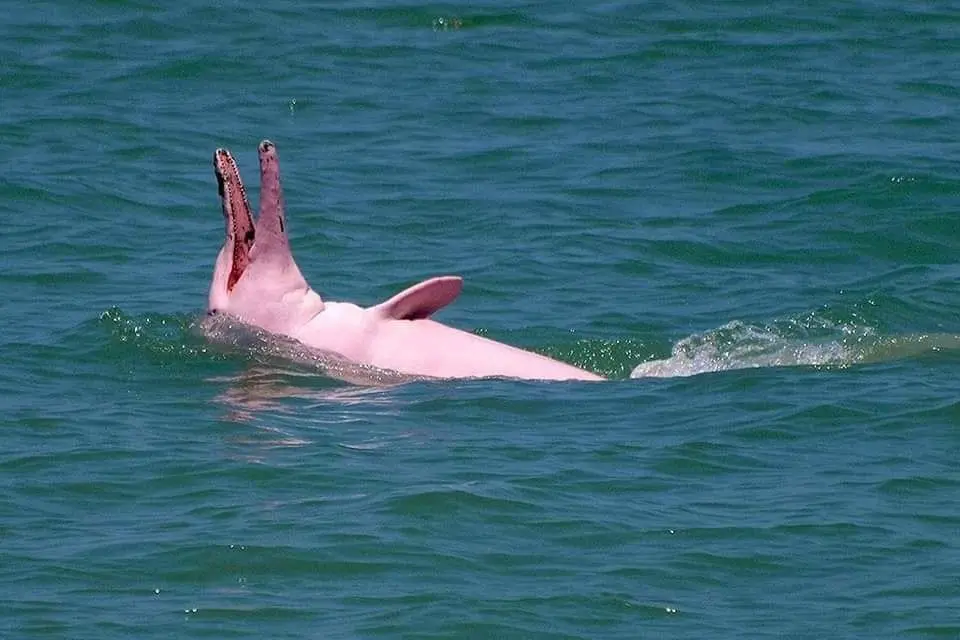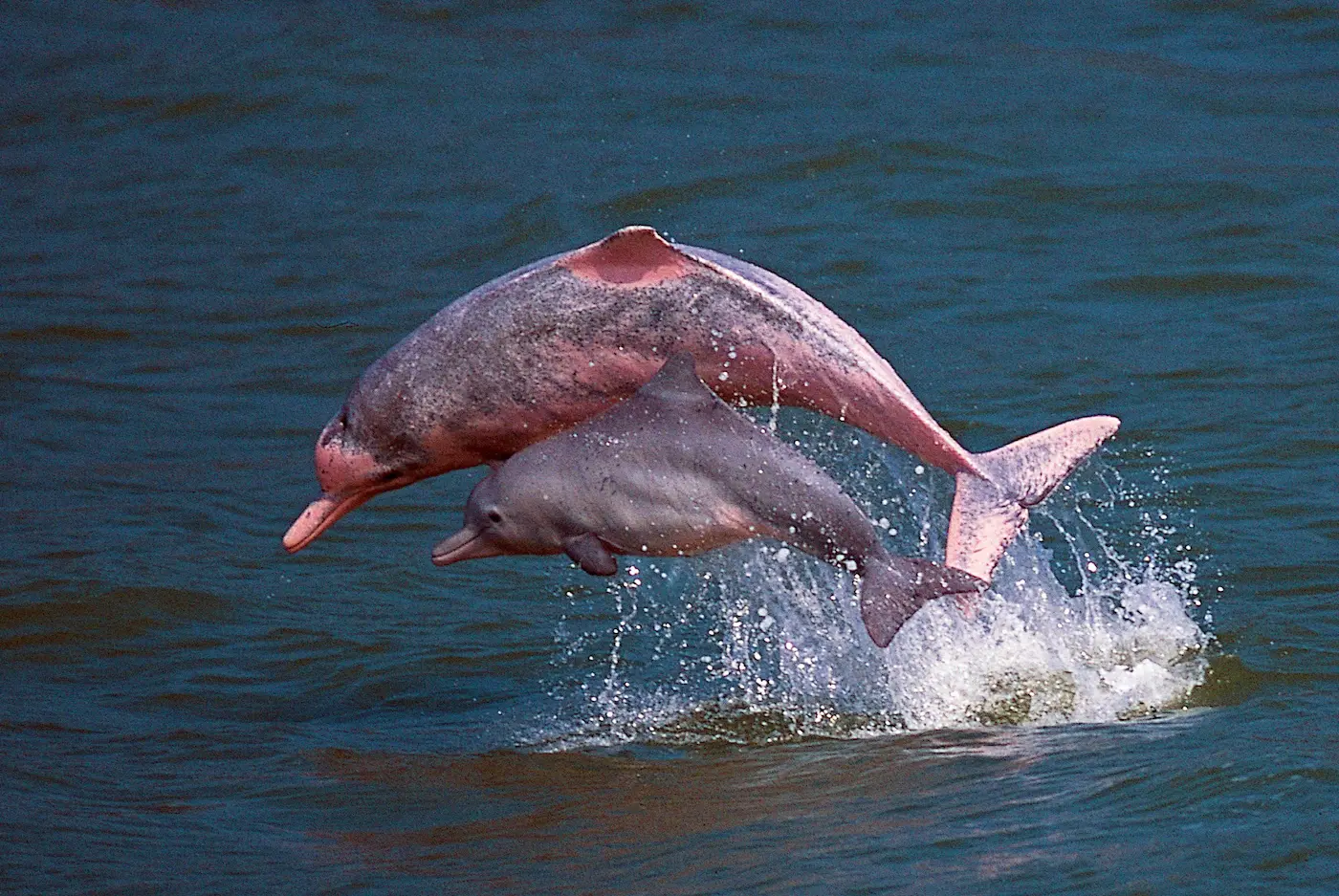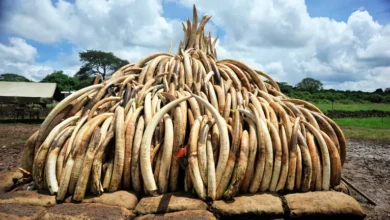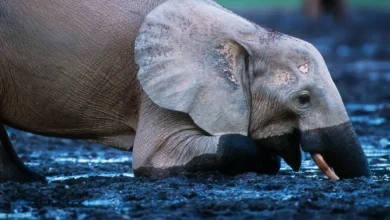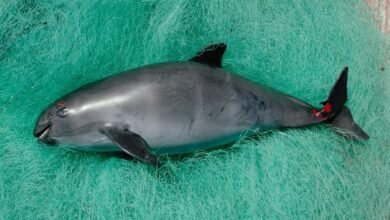Why Are Pink Dolphins Endangered? A Deep Dive Into Their Origin, Anatomy, Habitat & Threats
Pink dolphins—often referred to as Amazon river dolphins or Inia geoffrensis—are some of the most mesmerizing creatures inhabiting our planet’s freshwater ecosystems. Their unique coloration and enigmatic presence have sparked myths and fascination worldwide. Unfortunately, these beautiful animals face significant threats that push them closer to the brink of extinction. This article explores their origins, anatomy, current distribution, and the reasons why pink dolphins are endangered, while also highlighting conservation efforts aimed at saving them.
Origins of Pink Dolphins
The Amazon river dolphin, known locally as “boto,” is native to the freshwater systems of South America, particularly within the Amazon and Orinoco river basins. Scientists believe these dolphins evolved from ancestral marine dolphins millions of years ago when ocean levels fell and parts of the sea were cut off, creating vast freshwater systems. Over time, these marine ancestors adapted to the complex and murky riverine environments, evolving into the pink dolphins we see today.
Their scientific name, Inia geoffrensis, honors French naturalist Étienne Geoffroy Saint-Hilaire, who described them in the early 19th century. Unlike their marine relatives, pink dolphins have evolved distinct traits that help them navigate the dynamic landscapes of flooded forests and rivers.
Anatomy: What Makes Pink Dolphins Unique
Pink dolphins exhibit several anatomical adaptations that set them apart from other dolphin species:
- Coloration: The most striking feature is, of course, their pink color. Calves are typically born gray and gradually turn pink as they mature. The degree of pinkness varies among individuals and may intensify when the dolphin is excited or active, likely due to increased blood flow to the skin.
- Flexible neck: Unlike most marine dolphins whose neck vertebrae are fused, pink dolphins have unfused cervical vertebrae. This gives them remarkable head flexibility, allowing them to maneuver through submerged tree trunks and vegetation in flooded forests.
- Long beak and melon: They possess elongated beaks for grasping fish and a prominent melon (a fatty organ on the forehead) which helps them use echolocation to navigate turbid waters.
- Large pectoral fins: Their broad, paddle-like fins aid in precise movements necessary for riverine habitats.
Adult pink dolphins can reach up to 2.5 meters (about 8 feet) in length and weigh around 185 kilograms (408 pounds).
Current Habitat and Distribution
Pink dolphins inhabit the vast river systems of South America. Their main strongholds include:
- Amazon River Basin: Covering countries like Brazil, Peru, Colombia, Ecuador, and Bolivia.
- Orinoco River Basin: Spanning parts of Venezuela and Colombia.
- Araguaia-Tocantins River system: An isolated population exists in Brazil.
They thrive in diverse freshwater habitats: main river channels, tributaries, lakes formed during seasonal floods, and flooded forests (known locally as “várzea”). Seasonal flooding dramatically expands their range, allowing them to forage across vast forested landscapes.
Despite this broad distribution, localized declines and habitat fragmentation have led to concerns about long-term survival.
Why Are Pink Dolphins Endangered?
The decline of pink dolphins stems from a complex interplay of natural and human-induced factors:
1. Habitat Loss and Degradation
- Deforestation: Large-scale logging and land conversion for agriculture destroy critical flooded forest habitats.
- Hydroelectric dams: Dams alter natural river flow, fragment habitats, and reduce fish availability—directly impacting dolphin feeding grounds.
- Pollution: Mercury from illegal gold mining and agricultural runoff contaminates river systems, accumulating in dolphin tissues and causing reproductive and neurological harm.
2. Bycatch and Deliberate Killing
- Pink dolphins often become entangled in fishing nets and gear.
- In parts of the Amazon, dolphins are illegally hunted for use as bait in a catfish fishery (particularly targeting the scavenging catfish, piracatinga).
3. Boat Traffic and Noise Pollution
- Increased boat traffic disturbs dolphins, leads to collisions, and interferes with echolocation.
- Noise pollution can disorient dolphins, making it harder to find prey or communicate.
4. Climate Change
- Altered rainfall patterns can disrupt flooding cycles vital for dolphin habitat.
- Increased temperatures and droughts reduce fish populations and access to suitable habitats.
5. Small, Isolated Populations
- As habitats fragment, populations become more isolated, reducing genetic diversity and increasing vulnerability to local extinction.
Conservation Efforts and Hope for the Future
While pink dolphins face numerous threats, there are ongoing efforts to protect them:
- Protected areas: Creation of riverine reserves and national parks.
- Fishing regulations: Bans on using dolphins as bait and stricter fishery management.
- Pollution control: Initiatives to reduce mercury pollution from mining.
- Awareness campaigns: Educating local communities about the ecological importance of pink dolphins.
- Research and monitoring: Scientists study population trends and health to inform conservation strategies.
Global organizations and local NGOs continue working together to ensure pink dolphins do not disappear from South America’s rivers.
Why Protecting Pink Dolphins Matters
Beyond their iconic beauty, pink dolphins are vital indicators of river ecosystem health. Protecting them means preserving the Amazon’s biodiversity and supporting indigenous communities that rely on healthy rivers for fish, water, and cultural identity.
The story of the pink dolphin is intertwined with the fate of the Amazon itself. Their survival is a call to protect one of the most diverse and crucial ecosystems on Earth.
References
- Martin, A. R., & da Silva, V. M. F. (2004). River dolphins and flooded forest: Seasonal habitat use and sexual segregation of botos (Inia geoffrensis) in an extreme cetacean environment. Journal of Zoology, 263(3), 295-305.
- IUCN Red List of Threatened Species. (2023). Inia geoffrensis. Retrieved from https://www.iucnredlist.org/
- WWF. (2022). Amazon river dolphin conservation. Retrieved from https://www.worldwildlife.org/
- Reeves, R. R., Smith, B. D., Crespo, E. A., & Notarbartolo di Sciara, G. (2003). Dolphins, Whales and Porpoises: 2002-2010 Conservation Action Plan for the World’s Cetaceans. IUCN.

